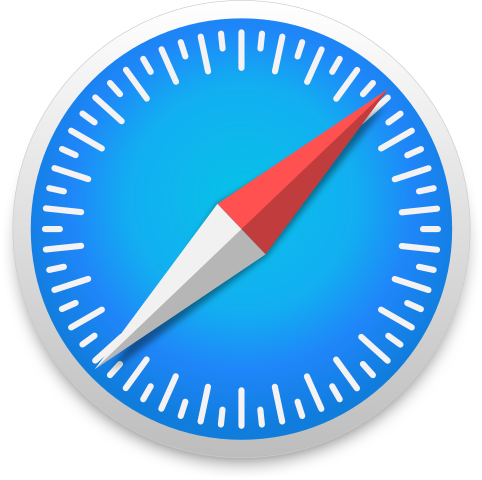Go offline with the Player FM app!
From Pixels to Tokens: UX Is Not Enough Anymore
Manage episode 505482464 series 2948748
What does it take to build AI features at the scale of Microsoft Copilot?
Senior Product Manager Stéphanie Visser reveals the massive shifts in product development, from focusing on pixels to tokens and embracing a culture of rapid, data-driven experimentation.
Learn how the roles of PMs, engineers, and scientists are evolving and what it takes to succeed.
In this episode, we cover:
- The shift from UX-focused products to output-quality-focused AI.
- How to run experiments and decide when an AI feature is ready to ship.
- The changing roles and expectations for PMs, engineers, and data scientists.
- Building trust and a strong product culture in a distributed AI team.
This episode is a must-watch for product managers, engineers, and tech leaders looking to adapt their processes for the age of AI and accelerate their delivery cycles.
Timestamps:
00:00:00 - How Microsoft Builds AI Features
00:00:49 - The #1 Thing That Changed for Product Managers
01:28 - From Pixels to Tokens: The AI Product Shift
02:58 - Why AI Is All About Output Quality, Not UX
04:46 - When Is an AI Feature "Good Enough" to Ship?
06:45 - The "Non-Embarrassment Bar" for Releasing AI
09:07 - Why Old User Feedback Methods Don't Work for AI
12:28 - The New Expectations for Software Engineers in AI
15:33 - When to Involve Engineers in the Product Process
17:43 - How Microsoft Structures Its AI Product Teams
20:40 - Why 3-Month Planning Is Obsolete in the AI Era
22:42 - How to Remove Bias From Your Product Decisions
25:36 - Balancing Data vs. User Intuition in AI
27:44 - The Biggest Bottleneck in AI Experimentation
31:12 - How to Define the Right Metrics for Your AI Product
33:39 - Building Trust and Culture in a Remote Team
37:47 - The Most Underrated Skill for Product Managers
40:57 - How to Cultivate a Strong Product Culture
44:32 - The AI Tools a Microsoft PM Actually Uses
46:29 - How to Manage the Expanding Scope of the PM Role
Connect with Stéphanie Visser:
https://www.linkedin.com/in/stephanievisser
Connect with Patrick Akil:
https://www.linkedin.com/in/patrick-akil
https://twitter.com/PatrickAkil_
Sponsors:
Xebia - https://xebia.com
#ProductManagement #AI #Microsoft
216 episodes
Manage episode 505482464 series 2948748
What does it take to build AI features at the scale of Microsoft Copilot?
Senior Product Manager Stéphanie Visser reveals the massive shifts in product development, from focusing on pixels to tokens and embracing a culture of rapid, data-driven experimentation.
Learn how the roles of PMs, engineers, and scientists are evolving and what it takes to succeed.
In this episode, we cover:
- The shift from UX-focused products to output-quality-focused AI.
- How to run experiments and decide when an AI feature is ready to ship.
- The changing roles and expectations for PMs, engineers, and data scientists.
- Building trust and a strong product culture in a distributed AI team.
This episode is a must-watch for product managers, engineers, and tech leaders looking to adapt their processes for the age of AI and accelerate their delivery cycles.
Timestamps:
00:00:00 - How Microsoft Builds AI Features
00:00:49 - The #1 Thing That Changed for Product Managers
01:28 - From Pixels to Tokens: The AI Product Shift
02:58 - Why AI Is All About Output Quality, Not UX
04:46 - When Is an AI Feature "Good Enough" to Ship?
06:45 - The "Non-Embarrassment Bar" for Releasing AI
09:07 - Why Old User Feedback Methods Don't Work for AI
12:28 - The New Expectations for Software Engineers in AI
15:33 - When to Involve Engineers in the Product Process
17:43 - How Microsoft Structures Its AI Product Teams
20:40 - Why 3-Month Planning Is Obsolete in the AI Era
22:42 - How to Remove Bias From Your Product Decisions
25:36 - Balancing Data vs. User Intuition in AI
27:44 - The Biggest Bottleneck in AI Experimentation
31:12 - How to Define the Right Metrics for Your AI Product
33:39 - Building Trust and Culture in a Remote Team
37:47 - The Most Underrated Skill for Product Managers
40:57 - How to Cultivate a Strong Product Culture
44:32 - The AI Tools a Microsoft PM Actually Uses
46:29 - How to Manage the Expanding Scope of the PM Role
Connect with Stéphanie Visser:
https://www.linkedin.com/in/stephanievisser
Connect with Patrick Akil:
https://www.linkedin.com/in/patrick-akil
https://twitter.com/PatrickAkil_
Sponsors:
Xebia - https://xebia.com
#ProductManagement #AI #Microsoft
216 episodes
All episodes
×Welcome to Player FM!
Player FM is scanning the web for high-quality podcasts for you to enjoy right now. It's the best podcast app and works on Android, iPhone, and the web. Signup to sync subscriptions across devices.




